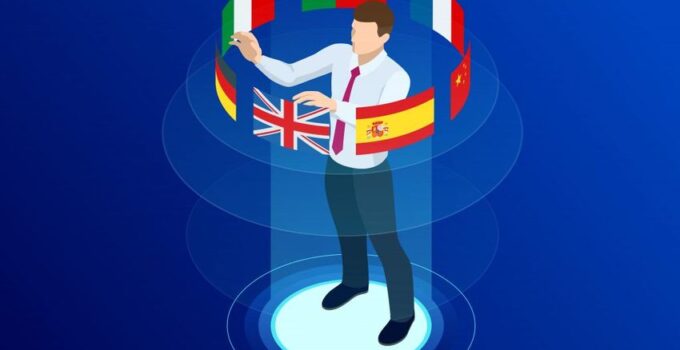Trends are dynamic. They shift every year with the slightest or the biggest change in any and every industry. Some trends emerge, others meet an end.
According to Espresso Translations, a business translation services agency, like any other year, there are emerging trends in 2024 as well. And like any other field, there is a shift of trends in translation as well.
Some of these have been set into motion years ago, but are catching real momentum this year for example machine translation. Then there are others that are entirely different such as SEO localization or voice search.
In light of the new trends, the industry will also benefit from the global growth of every other industry as it would become more ‘fashionable’.
So as we go through the year 2024, here are some of the trends that we can expect to see more and more of.
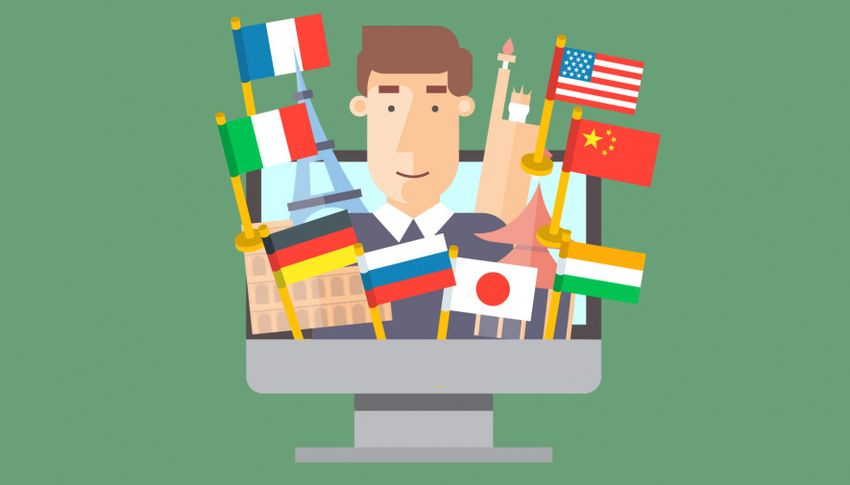
source:semrush.com
Page Contents
Translation: A Trend
With the increasing interest in globalization, the expansion of the localization industry has been remarkable. In fact, it is a foreshadowing of translation becoming a trend itself.
The diversity of the global market demands the use of many languages. This has given room to the need of communicating with the customer in multiple languages. This includes translating the business website, user manual, contracts, and other important documents into the mother tongue of the audience.
That being said, there is a high chance of services like live chat localization gaining popularity. It is an easier option for the companies that want to communicate with the customer in their own language but cannot afford to hire a team of native speakers.
So you get a real-time translation, just as you type. The users on both end type in their own language and the other person receives it in their native language.
This choice is highly convenient, and can really help the company that is dealing with several multilingual markets, but there is also a catch.
Evolution in the Machine Translation
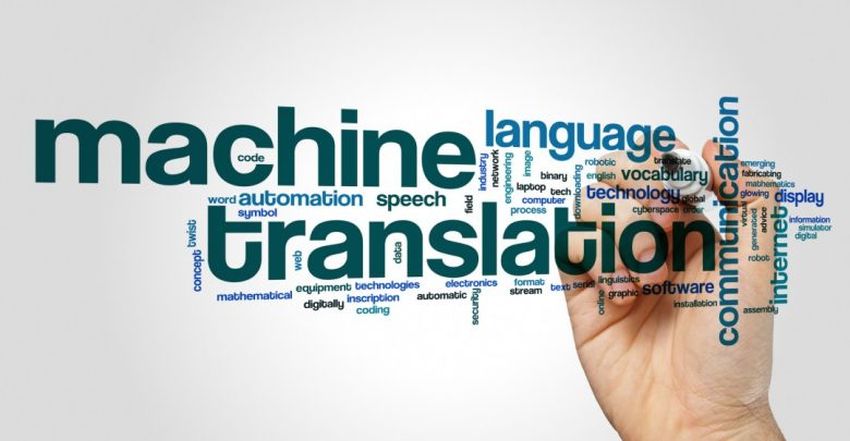
source:honestversion.com
As the technology is developing, the machines are learning to be more and more efficient. Somewhere amidst the development of the AI and the evolution of machine learning, machine interpreting has also refined itself.
While there is no doubt that a machine can never match human interpreting there are many instances where it can prove helpful. Some of the examples can be
- When the localization is required in large quantity
- When you need to translate User Reviews
- When you want to translate secondary pages of a website, etc.
The blended translation is among the more popular choices of the businesses. It means is done by the machine, but before it is sent, it is reviewed by a human. This ensures speed, accuracy, efficiency, and overall quality.
Apart from inaccurate, there is also another reason due to which machine interpreting is not recommended to the companies. Not only do they risk being incorrect, but they also expose themselves to a breach of privacy.
Voice Search & SEO Translation
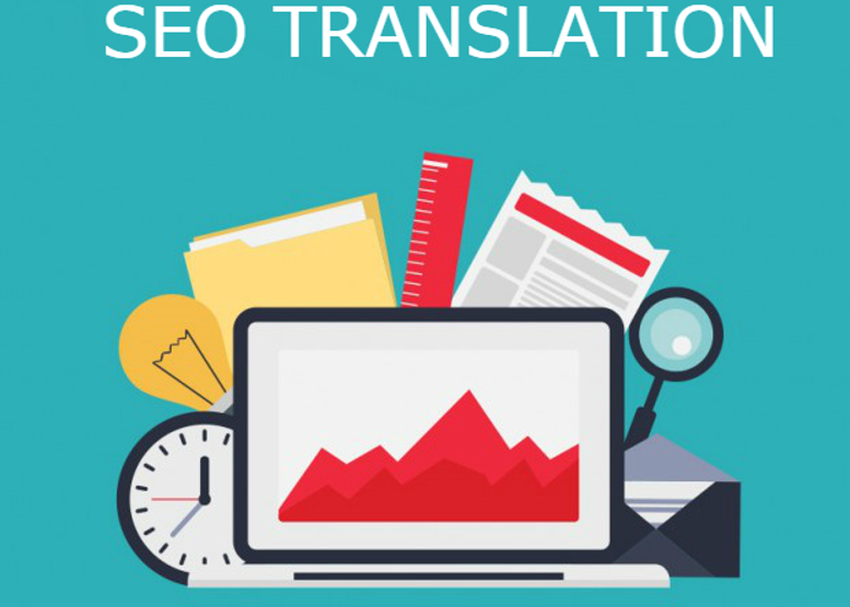
source:pangea.global
Smart devices, with all the advancement and sophistication that they bring, have revolutionized the use of information.
Many users now prefer the use of voice search rather than actually typing the information. It goes without saying that we don’t talk the way we type. This has turned the whole SEO game upside down.
Not only do the SEO of the entire website needs to be modified, but also its translated version. The tweaks need to be made in order to make it sound more casual and conversational.
SEO helps the customer find you online. If they are looking through voice search and not through typing, your business would face a significant disadvantage. That’s why there is a need for adapting the original as well as the translated SEO to the casual tone that the consumers now use.
An Increased Demand in the Video Localization
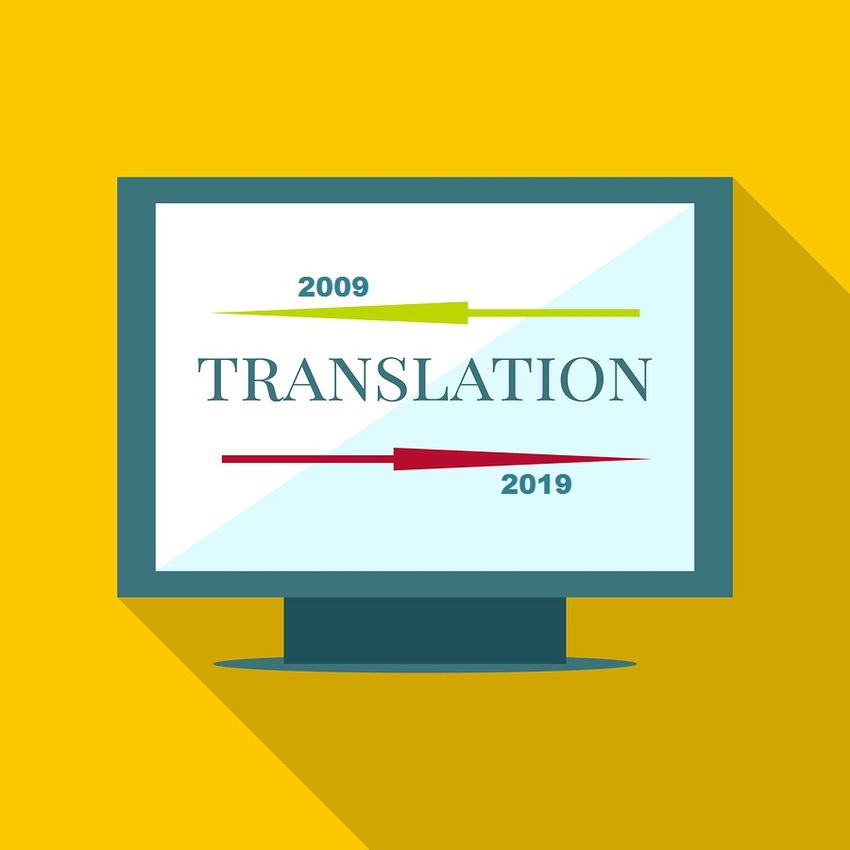
source:honestversion.com
When we talk about the demand for video translation, there are two factors in play.
The first one is the demand for videos. The internet is blasting with visuals these days, and everything now demands a video. In a study conducted to forecast the trends from 2017 to 2024, it was revealed that 80 of the global traffic will be driven by videos.
From a video resume to a video promo for a brand, everything now demands visualization. The majority of the consumers have been noted to prefer videos over reading a blog.
The second one is the internet. Due to the boundary-breaking nature of the internet, now everyone can access everything. And you are catering to a global audience, whether you acknowledge it or not.
When these two factors come together, it ends up in global demand for videos. And due to the diversity of your audience, there is a meticulous need for videos.
With time, videos are becoming more engaging and interactive. This is proving to be quite a challenge for the translator, as they are not only expected to change the language but also to maintain the experience and the atmosphere brought by each video.
These are the three major types of strategies for videos:
- Dubbing: the replacement of the original voice by one that is speaking the native language.
- Voice Over/Narration: this is the removal of entire voice sock and replaced with the one in a different language.
- Subtitles: this is the translated text appearing on the screen. (This is usually the cheapest option)

source:smartcat.ai
Conclusion
The trends of every industry change with time, the translation companies are facing the same dynamics. In order to stay ahead in the industry, you need to keep a close eye on the trends like SEO modification, machine interpreting, etc. getting a grip over the trends beforehand gives you a head start. If you need any type of translation services, Mars Translation compares the top translation companies in their blog.

